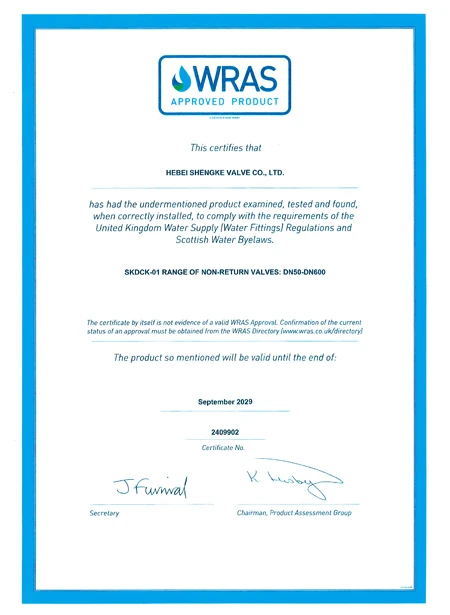9 月 . 22, 2024 12:55 Back to list
4 way ball valve
Understanding the 4-Way Ball Valve A Versatile Solution for Fluid Control
In the world of fluid dynamics, controlling the flow of liquids and gases is paramount to the efficiency and safety of various systems. Among the manifold solutions available, the 4-way ball valve stands out as a particularly versatile and effective option. This type of valve is instrumental in applications that require the direction of flow to be switched between multiple paths.
What is a 4-Way Ball Valve?
A 4-way ball valve is a type of valve that features a spherical disc with four ports, allowing it to divert fluid from one source to one of several pathways. Unlike standard ball valves that have two ports and can simply open or close a flow path, the 4-way ball valve has the unique capability of redirecting flow. It typically has a hollowed-out sphere (the ball) that can be rotated within a valve body. The orientation of the ball determines how the fluid flows through the valve.
Applications
The applications of 4-way ball valves are numerous and span various industries, including oil and gas, water treatment, manufacturing, and HVAC systems. Common uses include
1. Heating and Cooling Systems In HVAC applications, these valves are utilized to redirect thermal fluids, making it easier to control temperature across large facilities. 2. Fluid Mixing In chemical processes, 4-way ball valves can facilitate the mixing of multiple fluids by allowing different flows to converge into a single line or vice versa.
4 way ball valve

3. Hydraulic Systems They are employed to manage the flow of hydraulic fluids, directing pressure as needed to actuate machinery or control movement.
4. Bivalent Systems In systems that require switching between two sources (like renewable and conventional energy), these valves can efficiently direct flow depending on the operational needs.
Advantages of 4-Way Ball Valves
One of the most compelling advantages of 4-way ball valves is their ability to provide precise control over fluid movement. The seamless operation of the spherical mechanism ensures minimal turbulence, which is essential for maintaining the integrity of sensitive fluids. Additionally, their robust construction allows for high durability and resistance to wear, making them reliable for long-term use in demanding environments.
Furthermore, these valves are relatively easy to install and maintain. Their design allows for straightforward diagnostics and repairs, reducing downtime in operational settings. With the added possibility of automation through actuators, 4-way ball valves can be integrated into modern smart systems for enhanced control and monitoring capabilities.
Conclusion
In summary, the 4-way ball valve is a sophisticated and essential component in many fluid control systems. Its unique capability to manage multiple flow paths makes it indispensable in a variety of industries. As technology advances, the efficiency and utility of these valves are likely to enhance further, solidifying their role in innovative fluid management solutions. Whether in energy, manufacturing, or HVAC applications, understanding and utilizing 4-way ball valves is vital for optimizing operational effectiveness and ensuring system reliability.
Share
-
Understanding the Differences Between Wafer Type Butterfly Valve and Lugged Butterfly ValveNewsOct.25,2024
-
The Efficiency of Wafer Type Butterfly Valve and Lugged Butterfly ValveNewsOct.25,2024
-
The Ultimate Guide to Industrial Swing Check Valve: Performance, Installation, and MaintenanceNewsOct.25,2024
-
Superior Performance with Industrial Swing Check Valve: The Essential Valve for Any SystemNewsOct.25,2024
-
Industrial Swing Check Valve: The Ideal Solution for Flow ControlNewsOct.25,2024
-
You Need to Know About Industrial Swing Check Valve: Functionality, Scope, and PerformanceNewsOct.25,2024